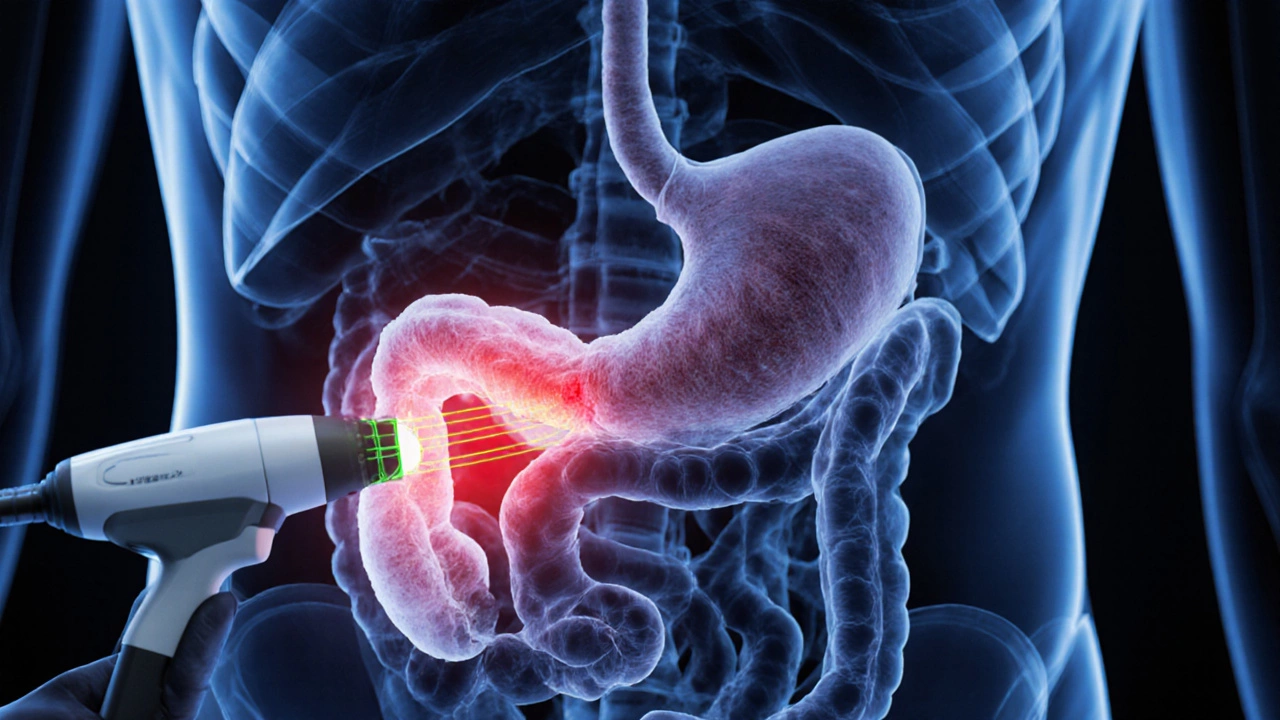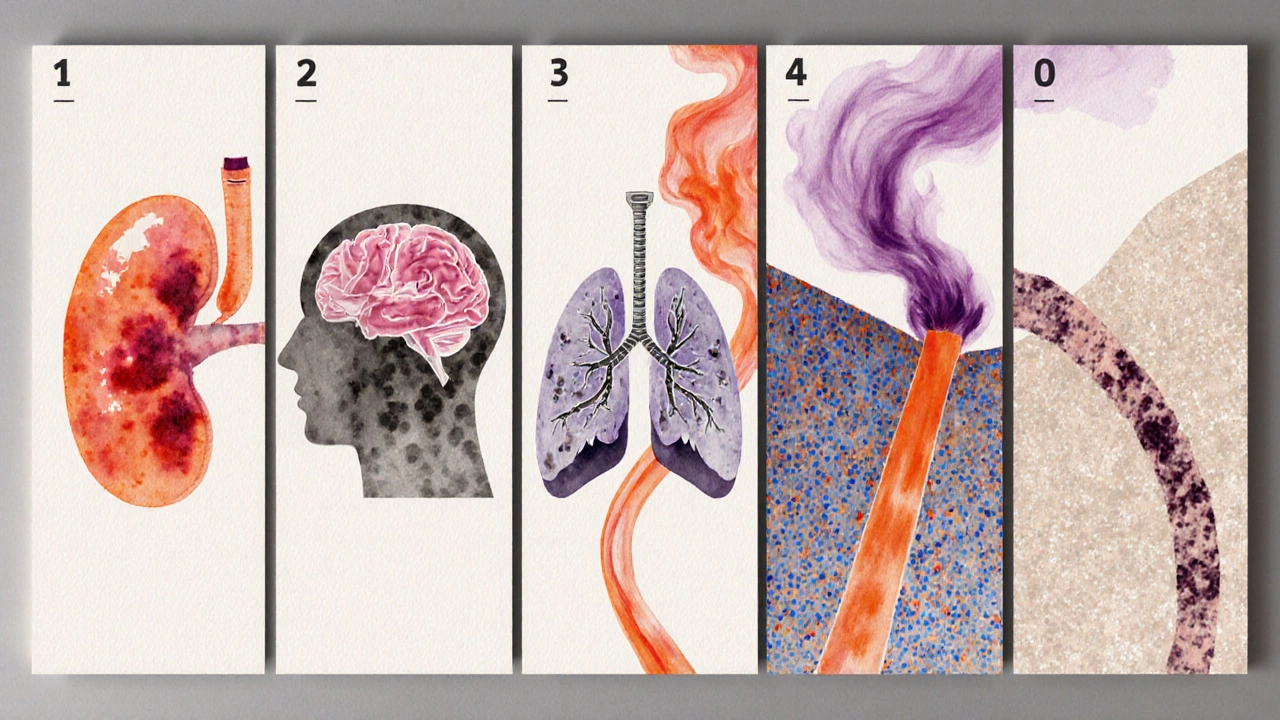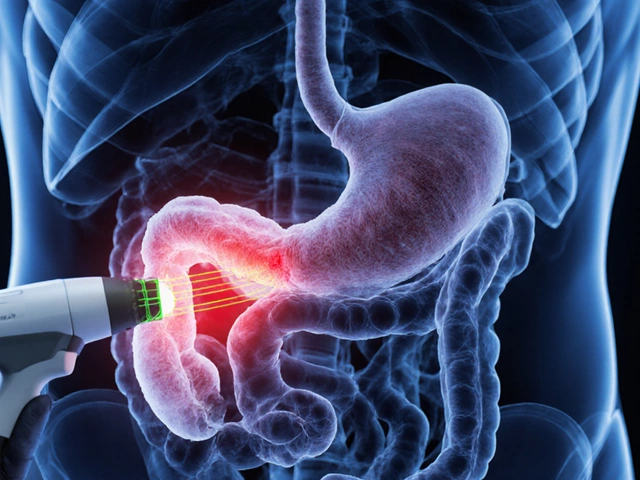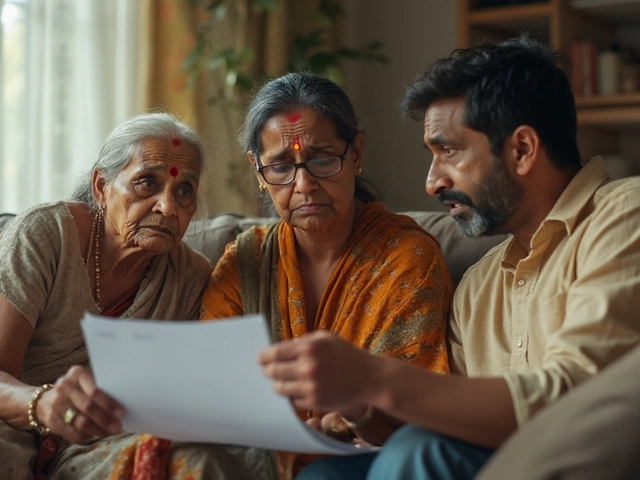
Fastest‑killing cancers: which tumors claim lives quickest?
Survival Time Estimator
Fastest-Killing Cancers Survival Calculator
Estimate median survival time for the fastest-killing cancers based on data from recent medical research.
Estimated Survival Time
Quick Takeaways
- Pancreatic ductal adenocarcinoma tops the list with a median survival of 3‑6 months.
- Brain tumors such as glioblastoma multiforme give patients only 12‑15 months on average.
- Small‑cell lung cancer and acute myeloid leukemia both have 5‑year survival rates below 5%.
- Late diagnosis, aggressive biology, and limited treatment options drive the rapid decline.
- Early screening, clinical‑trial enrollment, and lifestyle tweaks can shave months off the clock.
When you ask "what is the fastest killing cancer?" you’re really looking for the tumors that shave the most time off a patient’s life expectancy. Below we break down the science, the numbers, and what you can actually do about it.
Understanding Aggressive Cancers
Aggressive cancers is a group of cancers characterized by rapid growth, early spread, and low survival rates. They tend to grow unchecked, evade the immune system, and resist standard therapies. Speed matters because it compresses the window for early detection and curative treatment, turning a potentially manageable disease into a race against time.
Three core traits define the fastest‑killing tumors: a high proliferation index (how fast cells divide), a propensity for early metastasis (spreading to other organs), and a lack of effective targeted drugs. When these traits combine, median survival can drop to weeks rather than years.
The Top 5 Fastest‑Killing Cancers
1. Pancreatic Ductal Adenocarcinoma (PDAC)
Pancreatic cancer is a malignancy that originates in the exocrine cells of the pancreas, most commonly the ductal cells. According to the 2024 World Health Organization (WHO) Global Cancer Statistics, the median overall survival after diagnosis sits at 3‑6 months, with a 5‑year survival of just 9% in high‑income countries.
Why is it so deadly? The pancreas sits deep in the abdomen, so early tumours rarely cause pain or jaundice. By the time symptoms appear, the disease has usually breached the duodenum or spread to the liver. Moreover, PDAC’s dense stromal tissue blocks chemotherapy from reaching cancer cells, limiting the effectiveness of standard regimens.
2. Glioblastoma Multiforme (GBM)
Glioblastoma is a grade‑IV astrocytic brain tumour known for its infiltrative growth and resistance to radiotherapy. Median survival after maximal surgical resection plus chemoradiation is roughly 12‑15 months; only 5% of patients survive beyond five years.
The blood‑brain barrier, combined with the tumour’s ability to generate new blood vessels (angiogenesis), creates a hostile environment for drug delivery. Even when surgeons remove visible tumour tissue, microscopic cells linger and quickly repopulate the brain.
3. Small‑Cell Lung Cancer (SCLC)
Small‑cell lung cancer is a high‑grade neuroendocrine carcinoma that accounts for about 15% of lung‑cancer cases. Its median overall survival is 8‑12 months for extensive‑stage disease, with a 5‑year survival under 2%.
SCLC spreads like wildfire, often reaching the brain, liver, and bones within weeks of diagnosis. While initial chemotherapy can produce dramatic tumor shrinkage, resistance emerges rapidly, leaving few second‑line options.
4. Acute Myeloid Leukemia (AML)
Acute myeloid leukemia is a clonal disorder of myeloid progenitor cells that results in rapid accumulation of immature blasts in bone marrow. In adults over 60, median survival without bone‑marrow transplant is 6‑9 months; overall 5‑year survival hovers around 30% for younger patients but drops below 10% for older adults.
The disease’s hallmark is its speed: blasts proliferate daily, crowding out normal blood cells and causing life‑threatening infections, bleeding, and organ failure within weeks.
5. Malignant Pleural Mesothelioma
Mesothelioma is a cancer of the lining of the lungs (pleura) strongly linked to asbestos exposure. Median survival after diagnosis is 12‑21 months, and 5‑year survival rarely exceeds 10%.
Symptoms such as shortness of breath and chest pain mimic common respiratory illnesses, leading to delayed diagnosis. The tumour’s fibrous tissue makes surgical removal difficult, and chemo‑radiation offers modest benefit.

Side‑by‑Side Comparison
| Cancer | Median Survival (months) | 5‑Year Survival | Typical Age at Diagnosis | Primary Risk Factor |
|---|---|---|---|---|
| Pancreatic cancer | 3‑6 | 9% | 70 | Smoking, chronic pancreatitis |
| Glioblastoma | 12‑15 | 5% | 64 | Age, prior radiation |
| Small‑cell lung cancer | 8‑12 (extensive) | 2% | 66 | Smoking |
| Acute myeloid leukemia | 6‑9 (>60 yo) | 30% (young) | 68 | Prior chemotherapy, smoking |
| Mesothelioma | 12‑21 | 10% | 73 | Asbestos exposure |
Why These Cancers Kill So Quickly
Three intertwined mechanisms explain the brutal speed:
- Late detection: Many of these tumours develop deep inside the body (pancreas, brain, pleura) or produce vague symptoms (fatigue, weight loss). By the time imaging or biopsy confirms cancer, it’s already stage III or IV.
- Biologic aggressiveness: High mitotic indices, mutations in TP53, KRAS, or EGFR, and the ability to recruit blood vessels let the tumour outpace the host’s defenses.
- Therapeutic resistance: Dense stromal matrices (PDAC), the blood‑brain barrier (GBM), and rapid emergence of drug‑resistant clones (SCLC, AML) blunt the impact of surgery, radiation, and chemotherapy.
When these factors align, the disease trajectory compresses to months rather than years.

What Can Be Done to Slow the Clock?
While the odds are grim for many patients, certain actions can buy time:
- Screen high‑risk groups early. For pancreatic cancer, endoscopic ultrasound (EUS) screening in people with familial mutations (BRCA2, CDKN2A) shows promise. Low‑dose CT scans for heavy smokers can catch SCLC before it spreads.
- Enroll in clinical trials. Novel agents-PARP inhibitors for BRCA‑mutated pancreas, checkpoint inhibitors for GBM, or FLT3 inhibitors for AML-often offer better outcomes than standard care.
- Adopt a multi‑disciplinary approach. Surgeons, medical oncologists, radiation oncologists, and palliative‑care teams coordinate to maximize every therapeutic window.
- Address modifiable risk factors. Quitting smoking, reducing alcohol, and managing chronic pancreatitis lower the incidence of several fast‑killing tumours.
Even modest improvements-few extra weeks of quality life-matter enormously to patients and families.
Frequently Asked Questions
Which cancer has the shortest overall survival?
Pancreatic ductal adenocarcinoma typically offers the lowest median survival, often only 3‑6 months after diagnosis.
Why are brain tumours like glioblastoma so lethal?
Glioblastoma infiltrates healthy brain tissue, evades the immune response, and sits behind the blood‑brain barrier, making surgery and drugs less effective.
Can early screening catch these fast‑growing cancers?
Targeted screening in high‑risk populations (e.g., smokers for SCLC, families with BRCA mutations for pancreatic cancer) can detect disease at a more treatable stage, though no universal program exists yet.
What role do clinical trials play?
Trials give access to cutting‑edge therapies-like immune‑checkpoint blockers for glioblastoma or targeted kinase inhibitors for AML-that may outperform standard regimens.
Are lifestyle changes effective after diagnosis?
While lifestyle tweaks cannot reverse advanced disease, quitting smoking, maintaining nutrition, and managing comorbidities improve treatment tolerance and quality of life.
Next Steps for Readers
If you or a loved one face any of these cancers, start by asking your oncologist about:
- Genetic testing (BRCA, TP53, KRAS) to see if you qualify for targeted trials.
- Enrollment in a multi‑disciplinary tumour board for personalized care plans.
- Support services-psychological counseling, palliative care, and patient‑advocacy groups-to manage the emotional toll.
Remember, knowledge is power. The faster you act on risk factors and screening opportunities, the better your chances of staying ahead of a disease that otherwise moves at breakneck speed.

Arnav Singh
I am a health expert with a focus on medicine-related topics in India. My work involves researching and writing articles that aim to inform and educate readers about health and wellness practices. I enjoy exploring the intersections of traditional and modern medicine and how they impact healthcare in the Indian context. Writing for various health magazines and platforms allows me to share my insights with a wider audience.
Popular Articles
About
Medical Resource Center India is a comprehensive online platform dedicated to providing reliable health information and medical resources in India. Explore a wide range of articles, tips, and advice on medicine, healthcare services, and wellness. Stay informed about the latest developments in Indian medicine and access valuable insights into maintaining a healthy lifestyle. Discover expert guidance and health solutions tailored for every Indian citizen. Your go-to destination for authoritative medical knowledge in India.






